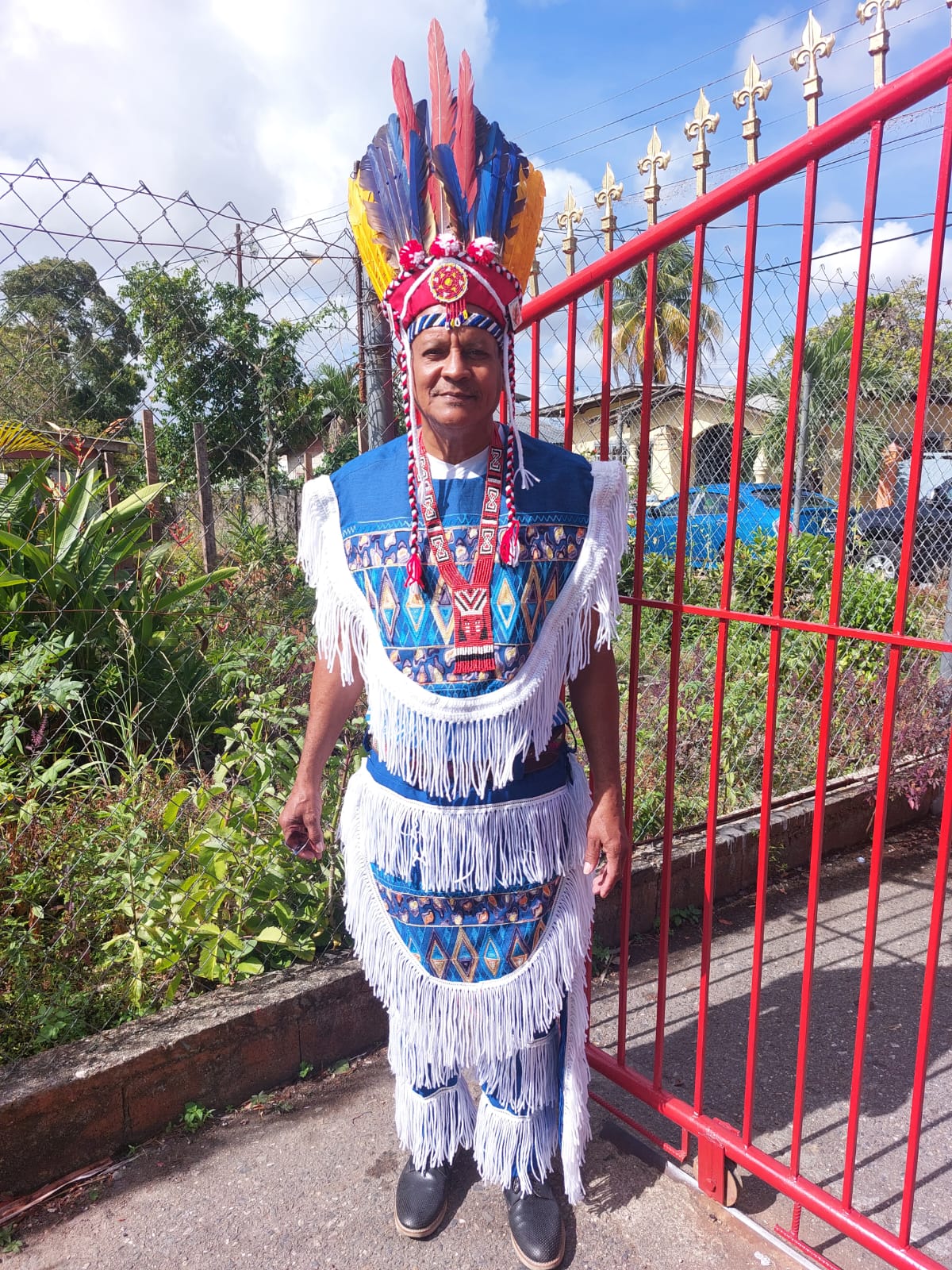Forum brings focus on Indigenous issues in the Caribbean— and common ground with Canada

Credit : Santa Rosa First Peoples Community and Angelita Bharath
Food security, extreme weather events and cultural decline are not new issues for the Indigenous peoples of the Caribbean. For Ricardo Bharath Hernandez, Chief of the Santa Rosa First Peoples Community in Trinidad and Tobago, the region’s earliest inhabitants are well equipped to focus on these challenges and more.
“There is so much that First Nations peoples have to offer,” says Bharath Hernandez, the chair of the Caribbean Organization of Indigenous Peoples and a member of the Indigenous Peoples Advisory Group of the Caribbean Development Bank (CDB).
The 54th Annual Meeting of the Board of Governors of the CDB, to be held in Ottawa from June 17 to 20, will put a spotlight on such matters through an Indigenous Peoples Forum. He says it will be an opportunity to find common ground between Canada and the region on issues ranging from governance, inclusion and gender equality to climate resilience.

Ricardo Bharath Hernandez, Chief of the Santa Rosa First Peoples Community in Trinidad and Tobago, in full regalia.
Credit: Angelita Bharath
Indigenous peoples inhabited Trinidad and Tobago for more than 7,000 years, with a dozen different First Nations in all, Bharath Hernandez says. Today, about 6,000 descendants of the Santa Rosa First Peoples remain. In the eastern part of the island, the community has begun building a Heritage Village in Arima, the site of the last mission established by the Catholic Church in 1756. He says the village will display different types of Indigenous architecture and traditions such as food preparation, craft making, medicines, agriculture, music, song, dance, attire and spirituality.
“It’s very important for us to have something to identify with,” Bharath Hernandez explains. “With so many influences in today’s world impacting upon First Peoples and their descendants, this is a way to retain and practice our culture.”
He estimates that as much as 10 per cent of the Caribbean population has Indigenous roots. In some countries such as Guyana and Suriname, First Nations languages are spoken fluently, notes Bharath Hernandez, who feels it’s vital to have ties among Indigenous peoples throughout the Caribbean and South America. “We have seen a renewed interest in people identifying with and having a sense of belonging and pride in their Indigenous roots.”
The CDB advisory group is helping the bank gather information and set a direction to assist First Peoples in development programming, Bharath Hernandez says. “We want to share information about our communities, about the work we are doing, and what we feel will be important for the survival and the continuation of First People’s history and culture.”
He hopes the forum at the annual meeting will be an opportunity to share ideas with Indigenous groups from Canada in areas such as economic empowerment and protecting intellectual property and culture. He would also like to see the bank plan and implement development programming in First Nations communities in the Caribbean. “I'm a little wary of too much talk and no action,” remarks Bharath Hernandez, suggesting that projects could focus on documenting Indigenous languages and ensuring food security through traditional agricultural practices and food preparation.
“It is very important for us to preserve the different aspects of the culture,” he says. “Without a level of recognition that gives you the opportunity to have pride in your own affairs, sooner or later it will be all gone.”
Having a place at the table in organizations like the CDB is critical in that respect, Bharath Hernandez adds. “You must have a voice where it matters.”
- Date modified: